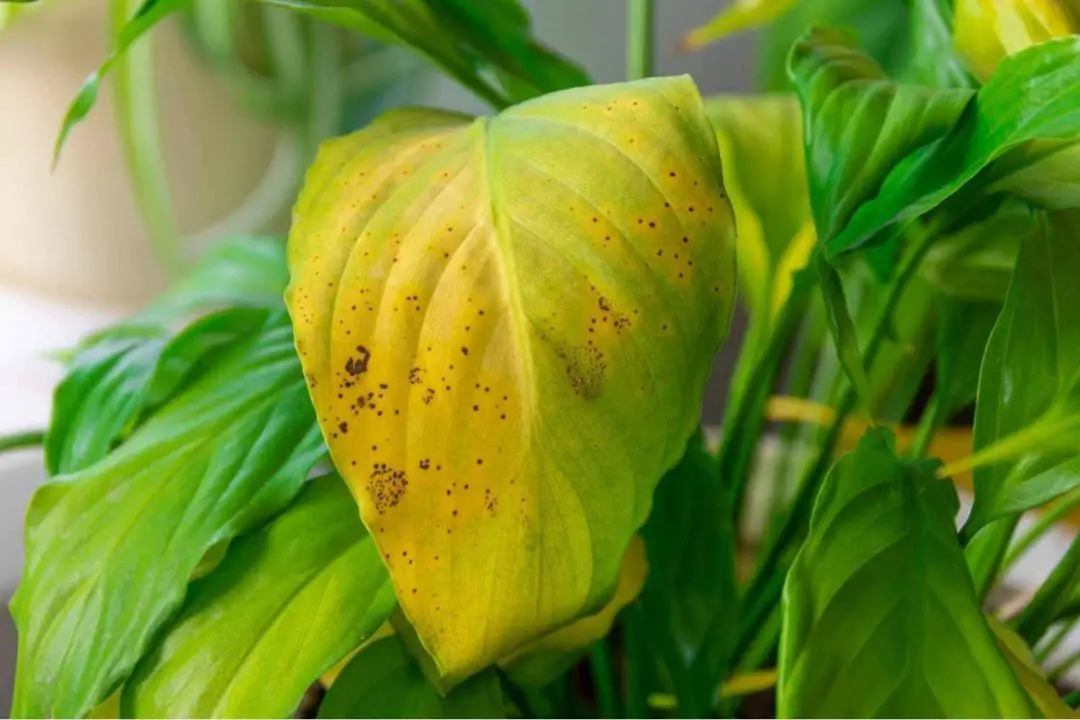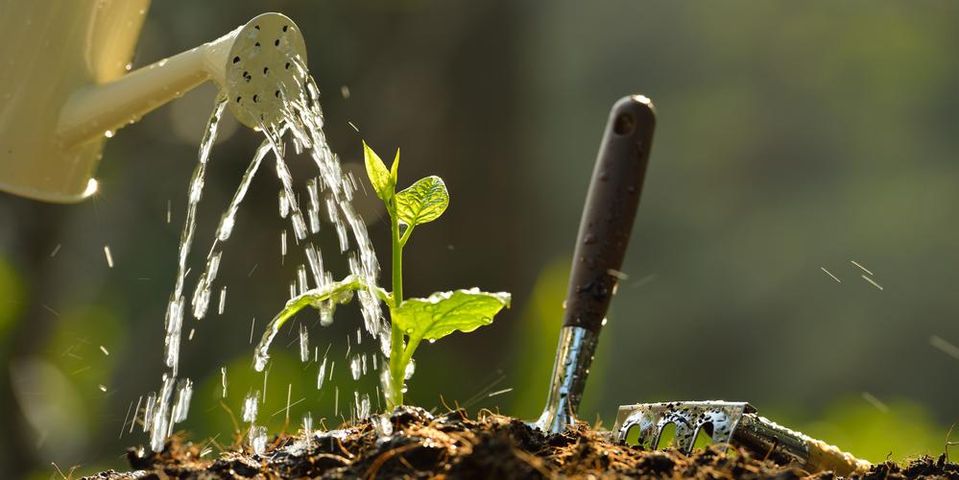Reviving Your Umbrella Tree: A Guide to Healthy Foliage
Why Are My Umbrella Tree Leaves Turning Yellow?
Umbrella tree leaves turning yellow is a common issue that can have a significant impact on the overall health and appearance of the plant. When umbrella tree leaves turn yellow, it can be a sign of underlying problems, such as nutrient deficiencies, watering issues, or pest infestations. If left unaddressed, yellowing leaves can lead to reduced growth, weakened immunity, and even plant death. In this article, we’ll explore the common causes of yellowing leaves in umbrella trees and provide guidance on how to diagnose and treat the issue, helping you to restore your plant’s vibrant foliage.
Common Causes of Yellowing Leaves in Umbrella Trees
Umbrella tree leaves turning yellow can be attributed to several underlying factors. Overwatering, for instance, can cause root rot, leading to yellowing leaves and weakened plant growth. On the other hand, underwatering can cause stress, resulting in yellow or wilted leaves. Nutrient deficiencies, particularly a lack of nitrogen, iron, or magnesium, can also cause umbrella tree leaves to turn yellow. Additionally, pests like spider mites, mealybugs, and scale can suck the sap from the leaves, causing them to turn yellow and drop. Fungal diseases, such as root rot and leaf spot, can also infect umbrella trees, leading to yellowing leaves. Understanding the underlying causes of yellowing leaves is crucial in determining the best course of action to restore your umbrella tree’s health.
How to Diagnose the Cause of Yellowing Leaves
Diagnosing the cause of yellowing leaves on your umbrella tree is crucial in determining the best course of action to restore its health. To accurately diagnose the issue, start by inspecting the soil. Check the soil moisture by sticking your finger into the soil up to the first knuckle. If the soil feels dry, it may be a sign of underwatering. On the other hand, if the soil feels waterlogged, it could be a sign of overwatering. Next, inspect the plant’s environment. Check for any signs of pests, such as spider mites, mealybugs, or scale, which can cause yellowing leaves. Examine the plant’s leaves and stems for any signs of disease, such as black spots or powdery mildew. Finally, consider the plant’s fertilization schedule. A lack of essential nutrients like nitrogen, iron, or magnesium can cause umbrella tree leaves to turn yellow. By carefully examining the soil, plant, and environment, you can identify the underlying cause of yellowing leaves and take corrective action to prevent further damage.
Nutrient Deficiencies: The Hidden Culprit Behind Yellowing Leaves
Nutrient deficiencies are a common and often overlooked cause of umbrella tree leaves turning yellow. A lack of essential nutrients like nitrogen, iron, or magnesium can cause yellowing leaves, stunted growth, and weakened plant health. Nitrogen deficiency, for instance, can cause older leaves to turn yellow and drop, while iron deficiency can cause young leaves to turn yellow or become distorted. Magnesium deficiency can cause yellowing leaves with green veins. To identify nutrient deficiencies, look for signs like yellowing leaves, stunted growth, or poor plant vigor. Soil tests can also help determine if the soil lacks essential nutrients. To address nutrient deficiencies, fertilize your umbrella tree with a balanced fertilizer that contains nitrogen, iron, and magnesium. Soil amendments like compost or manure can also help improve soil fertility and promote healthy plant growth. By identifying and addressing nutrient deficiencies, you can prevent umbrella tree leaves from turning yellow and promote healthy foliage.
Watering Woes: How Overwatering and Underwatering Affect Umbrella Trees
Watering issues are a common culprit behind umbrella tree leaves turning yellow. Both overwatering and underwatering can cause significant stress to the plant, leading to yellowing leaves and other problems. Overwatering, in particular, can be detrimental to umbrella trees, as it can cause root rot and prevent the plant from absorbing essential nutrients. On the other hand, underwatering can cause stress, leading to yellowing leaves and stunted growth. To determine the optimal watering schedule for your umbrella tree, check the soil moisture by sticking your finger into the soil up to the first knuckle. If the soil feels dry, it’s time to water. If it’s already moist, wait a few more days before watering again. It’s also essential to avoid getting water on the leaves or crown of the plant, as this can encourage fungal diseases. By finding the right balance of water, you can prevent umbrella tree leaves from turning yellow and promote healthy growth.
Pest and Disease Management: Protecting Your Umbrella Tree from Harm
Pests and diseases can be a significant threat to the health of umbrella trees, causing yellowing leaves, stunted growth, and even death. It’s essential to monitor your umbrella tree regularly for signs of infestation or infection, such as spider mites, mealybugs, scale, and root rot. Spider mites, for instance, can cause yellowing leaves and fine webbing on the plant, while mealybugs can lead to yellowing leaves and a sticky substance on the leaves and stems. Root rot, on the other hand, can cause yellowing leaves, soft stems, and a foul odor. To manage pests and diseases, inspect your umbrella tree regularly, and isolate infected plants to prevent the spread of disease. Use organic or chemical controls as needed, and ensure good air circulation and sanitation around the plant. Additionally, maintain a healthy and balanced fertilizer regimen to promote strong plant growth and resistance to disease. By monitoring your umbrella tree for pests and diseases, you can prevent yellowing leaves and promote healthy growth.
Pruning and Grooming: Maintaining Healthy Foliage on Your Umbrella Tree
Pruning and grooming are essential practices for maintaining healthy foliage on umbrella trees. Regular pruning helps to remove dead or damaged leaves and stems, promoting healthy growth and preventing the spread of disease. It’s also an effective way to encourage bushy growth and prevent legginess, which can make umbrella trees more susceptible to yellowing leaves. To prune your umbrella tree, use clean and sharp pruning tools to remove any dead or damaged foliage. Cut back stems to the nearest healthy node, and remove any weak or spindly growth. Additionally, consider pruning your umbrella tree during the dormant season to minimize stress and promote healthy growth. By incorporating regular pruning and grooming into your umbrella tree care routine, you can prevent yellowing leaves and promote a lush, vibrant canopy.
Preventing Yellowing Leaves in the Future: Best Practices for Umbrella Tree Care
To prevent umbrella tree leaves turning yellow in the future, it’s essential to adopt a comprehensive approach to umbrella tree care. Regular monitoring is crucial, as it allows you to identify potential issues before they become severe. Check your umbrella tree regularly for signs of pests, diseases, and nutrient deficiencies, and take prompt action if you notice any problems. Proper watering is also vital, as both overwatering and underwatering can cause yellowing leaves. Aim to provide your umbrella tree with consistent moisture, and adjust your watering schedule according to the season and climate. Balanced fertilization is also key, as it provides your umbrella tree with the necessary nutrients for healthy growth. Use a fertilizer that is specifically formulated for umbrella trees, and follow the manufacturer’s instructions for application. By following these best practices, you can prevent yellowing leaves and promote healthy, vibrant foliage on your umbrella tree. Remember, a healthy umbrella tree is less susceptible to yellowing leaves, so focus on providing your plant with optimal care, and it will thrive.





